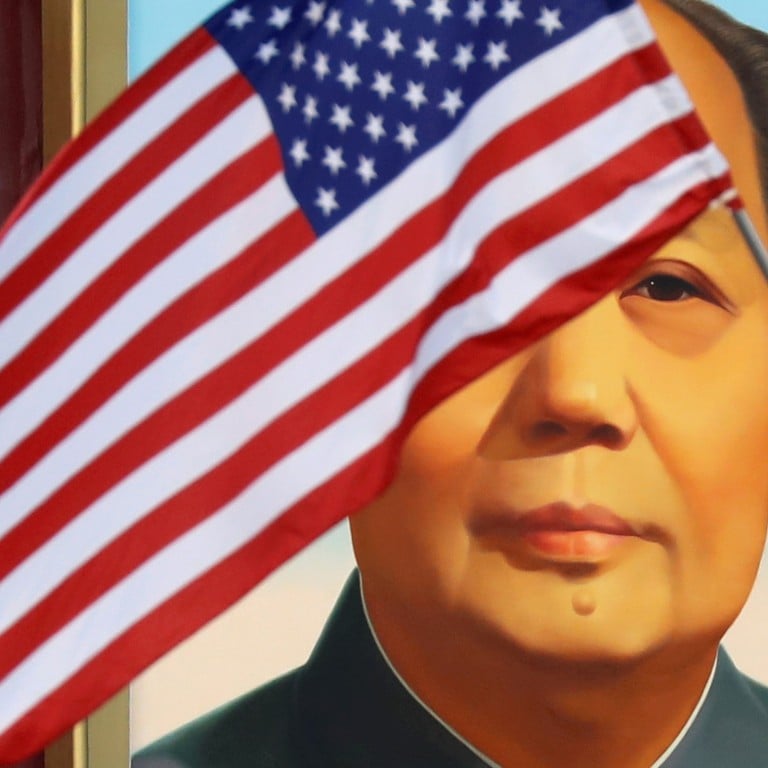
What’s the difference between Indo Pacific and Asia-Pacific? Regional control for the US or China
- The ongoing debate over how the region should style itself has come into sharp focus as Asean adopted the US-style “Indo Pacific” at its summit
- Beijing and Washington’s quests for a foothold in the region came to the fore at a round table in Kuala Lumpur
Indo Pacific? Asia-Pacific? Asean Indo Pacific?
The ongoing debate on diplomatic nomenclature was in sharp focus on Monday as leading geopolitical researchers waded into the debate on how the region should style itself.
The four democracies have not formally convened as a group for a decade, and the bloc is viewed by Beijing with a degree of suspicion, due to perceptions that it is a check on China’s increasing influence in the region.
Asean found its voice with Indo-Pacific concept. It should keep using it
Regional “descriptions” are not set in stone, said C. Raja Mohan of Singapore’s Institute of South Asian Studies at a panel on the rationale and implications of the term “Indo Pacific”.

However, Asean’s decision to address the issue is seen an indicator of tacit acceptance that the term will persist, and that the bloc will have to adapt to it.
Too little, too late for US around the Mekong? China’s already there
China will then, Wu said, be more inclined to explore an Asean-centric Indo Pacific strategy that can bridge Japanese and American approaches with the belt and road plan.
Elbridge Colby of the Washington-based Centre for a New American Security, however, maintained that the US was not asking Southeast Asian nations to choose sides but was willing to help anyone who “wants to defend their sovereignty” from Chinese economic coercion.

